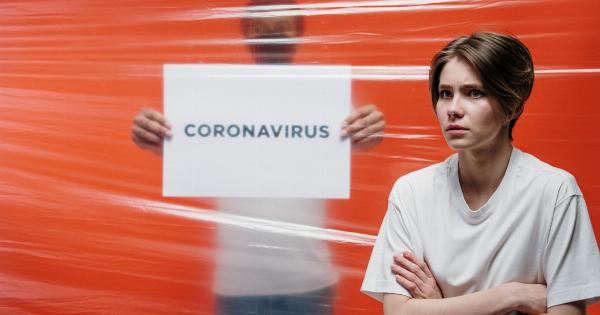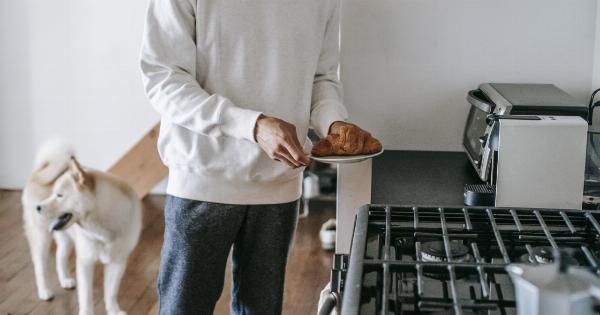With the convenience and speed that microwaves offer in the kitchen, they have become an essential appliance for many households.
However, concerns about the potential health risks associated with microwave radiation have raised questions among consumers. In this article, we will explore whether your microwave could be leaking radiation and what precautions you can take to ensure your safety.
Understanding Microwave Radiation
Microwaves are a form of electromagnetic radiation with wavelengths ranging from one millimeter to one meter. They fall between radio waves and infrared radiation on the electromagnetic spectrum.
Microwaves generated by microwaves ovens have a frequency of 2.45 gigahertz, which allows them to heat food quickly and efficiently.
While microwave ovens are designed to keep radiation contained within the cooking chamber, there is always a possibility of leakage. However, the level of radiation leakage is regulated and must meet specific safety standards.
The United States Food and Drug Administration (FDA) sets limits and requires manufacturers to ensure that microwaves emit no more than 5 milliwatts of microwave radiation per square centimeter, approximately 2 inches from the oven surface.
Testing for Radiation Leakage
If you are concerned about the possibility of microwave radiation leakage, there are a few simple tests you can perform at home to check for any issues.
Keep in mind that these tests are not definitive and may not be as accurate as professional testing equipment:.
1. Visual Inspection: Start by examining your microwave oven thoroughly. Look for any signs of damage, such as cracks, dents, or loose hinges on the door. A damaged microwave can potentially have leakage points.
2. Door Seal Test: Close the microwave door with a piece of paper between the seal and the microwave. Start the microwave and check if the paper slides or moves. A secure and undamaged door seal should prevent the paper from moving.
3. Microwaving a Cell Phone: This test is not recommended as it may damage your microwave and your cell phone. However, it is one method some people have used in the past.
Placing an active cell phone inside the microwave, closing the door, and trying to call it can potentially indicate if there is leakage. Again, we strongly advise against attempting this test due to safety concerns.
Preventing Microwave Radiation Leakage
While the possibility of microwave radiation leakage is a concern, there are a few precautions you can take to minimize the risks:.
1. Regular Inspection: Make it a habit to inspect your microwave oven regularly for any signs of damage. This includes examining the door, hinges, and seals.
If you notice any issues, discontinue using the microwave until it is repaired or replaced.
2. Avoid Damage: Treat your microwave with care. Avoid slamming the door and do not use excessive force when opening or closing it.
Mishandling can lead to cracks or loosening of the door seals, potentially increasing the risk of radiation leakage.
3. Use Microwave-Safe Containers: Only use containers that are labeled microwave-safe. This ensures that they can withstand the heat generated by microwaves without melting, warping, or releasing harmful chemicals.
Avoid using plastic containers unless they are specifically labeled as microwave-safe.
4. Maintain a Safe Distance: Although microwaves are designed to contain radiation, it is generally a good idea to maintain a safe distance while the appliance is in use. This reduces direct exposure to any potential leakage.
Keep at least an arm’s length distance between yourself and the microwave when it is operating.
5. Replace Damaged Microwave Ovens: If your microwave oven shows signs of damage that cannot be repaired, it is crucial to replace it with a new one.
Using a damaged microwave can significantly increase the risk of radiation leakage and pose a threat to your health.
Conclusion
Your microwave oven is unlikely to be leaking excessive amounts of radiation if it is in good working condition and regularly inspected for any signs of damage.
Remember to follow the necessary precautions and use microwave-safe containers to minimize any potential risks. If you are still concerned, it is advisable to consult a professional or contact the manufacturer to perform a thorough inspection.
By taking these steps, you can continue to enjoy the convenience of your microwave oven while ensuring that your health and safety are not compromised.



























